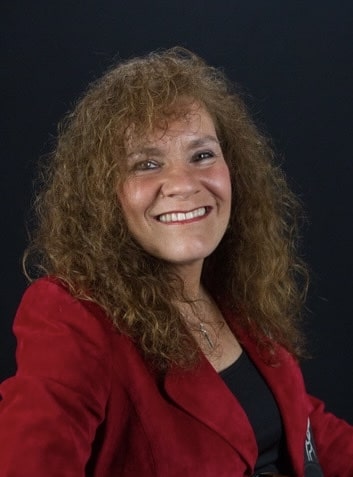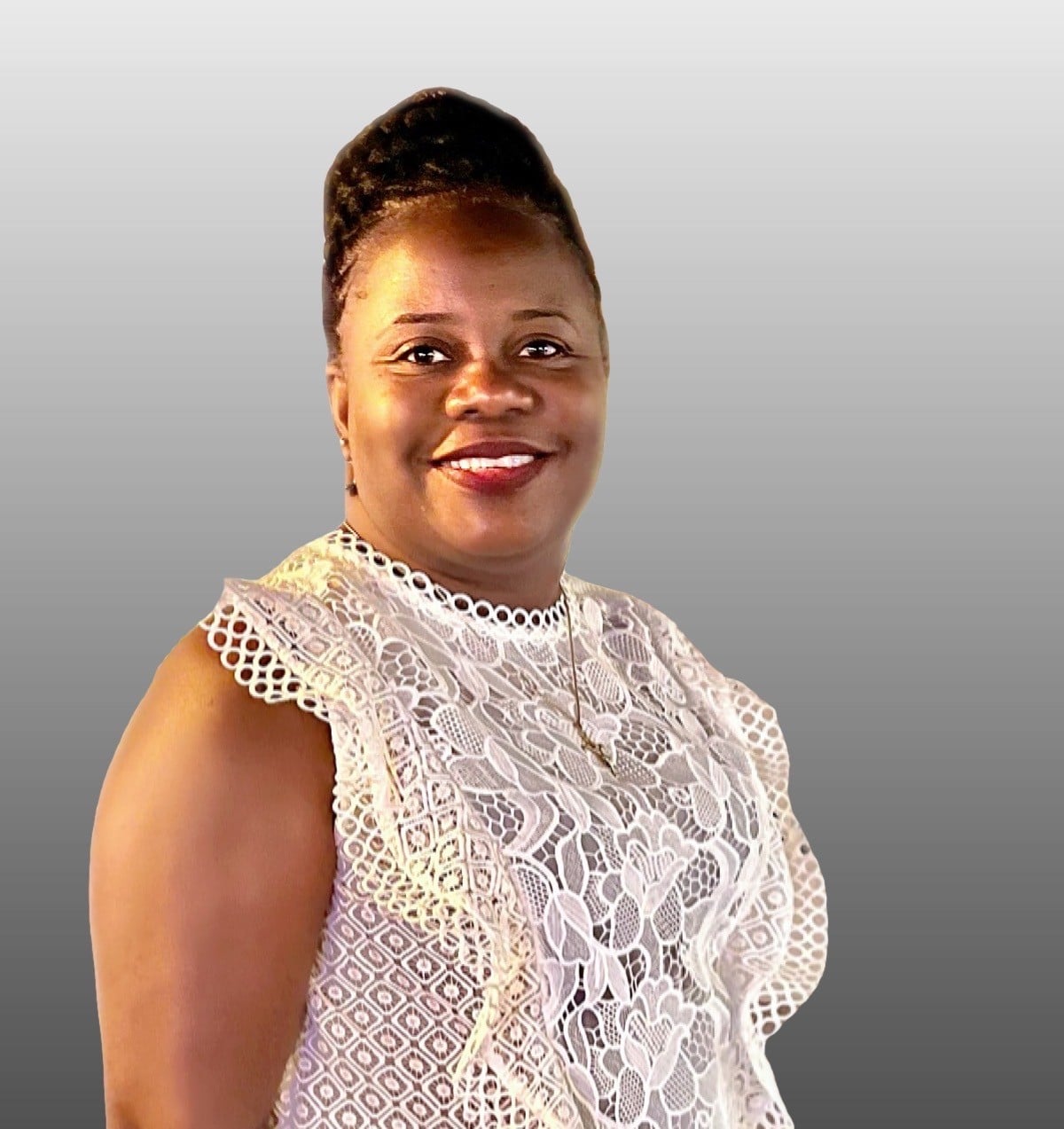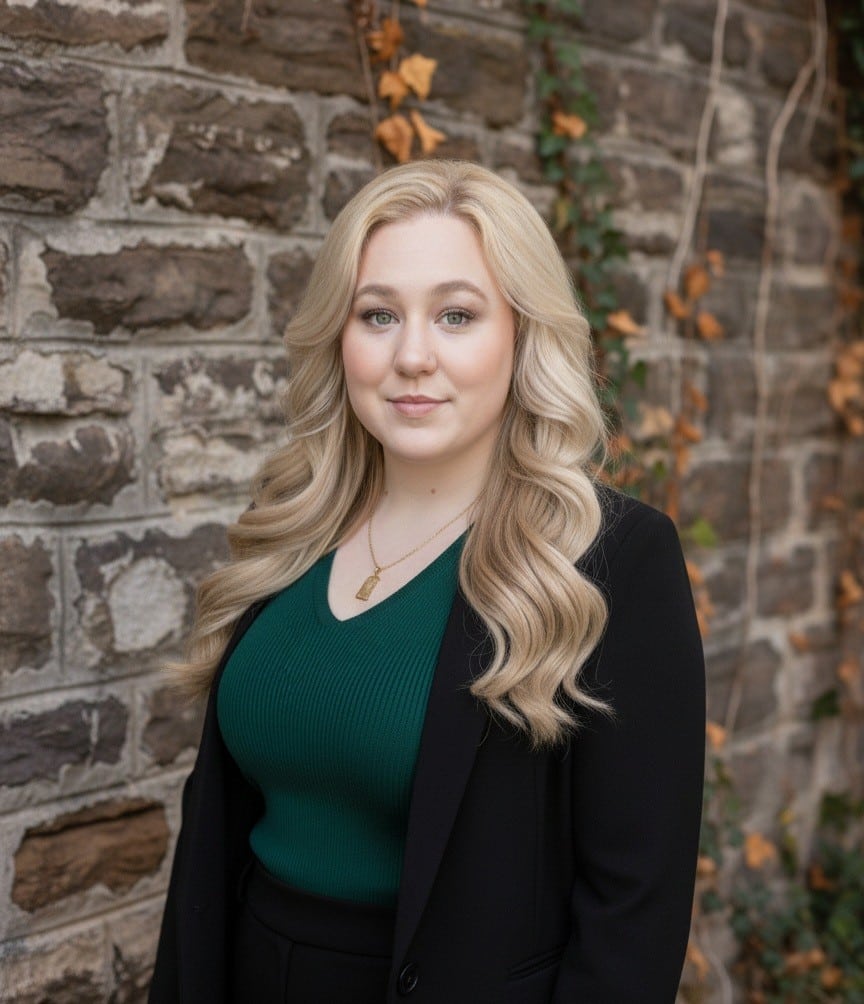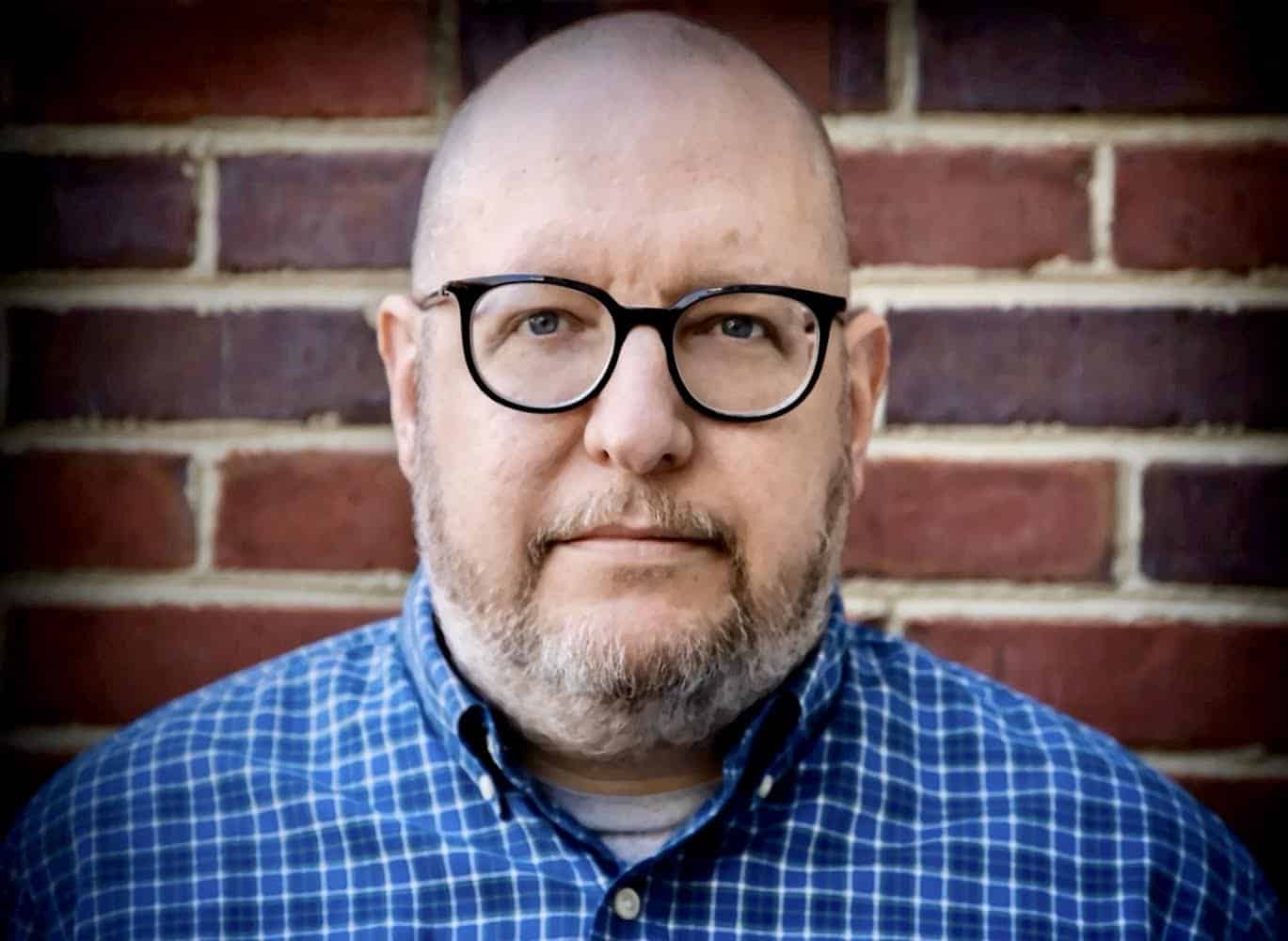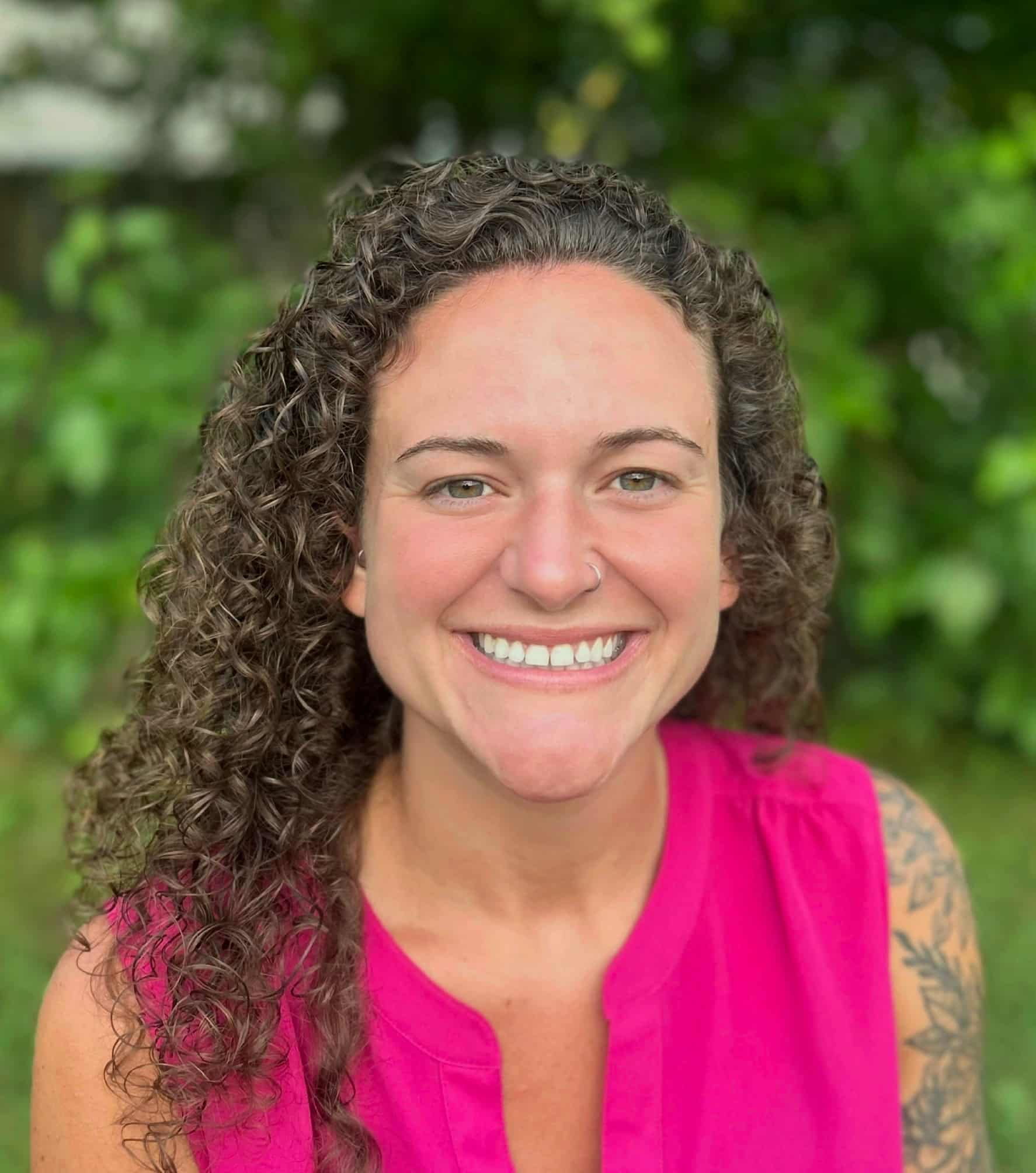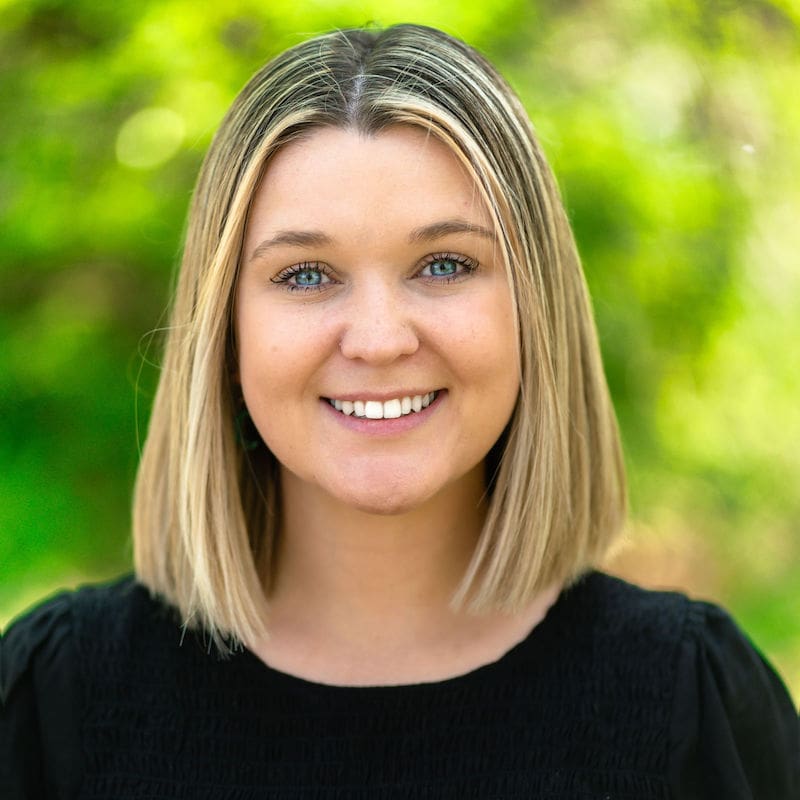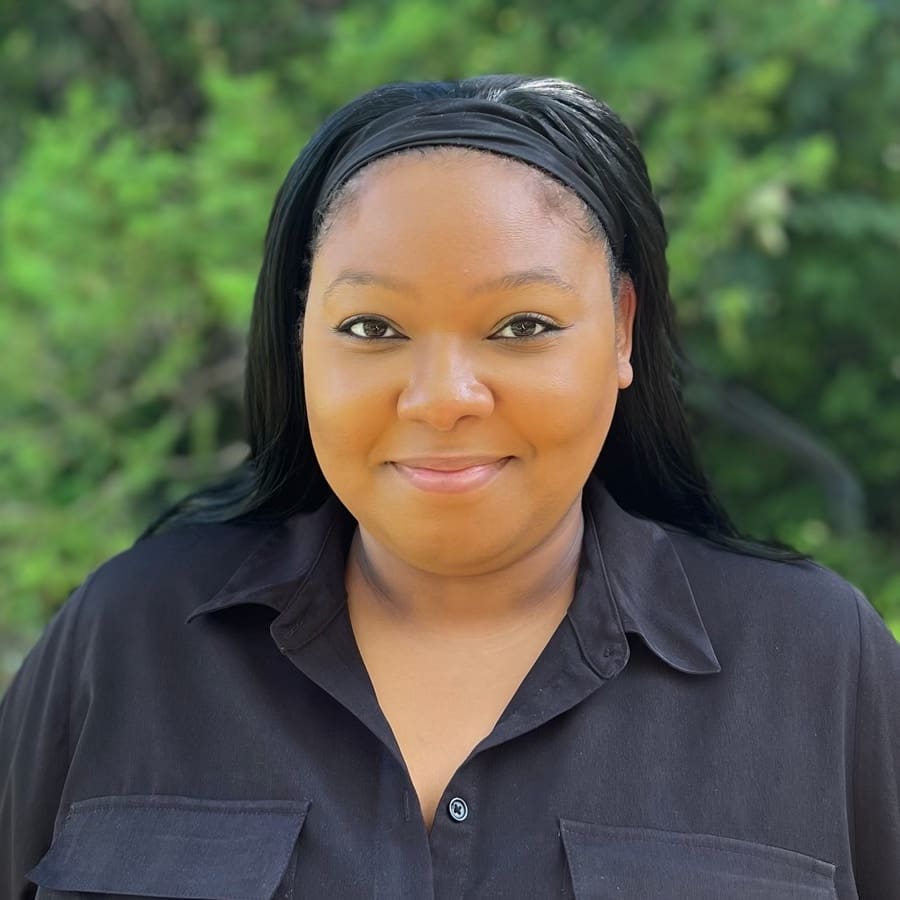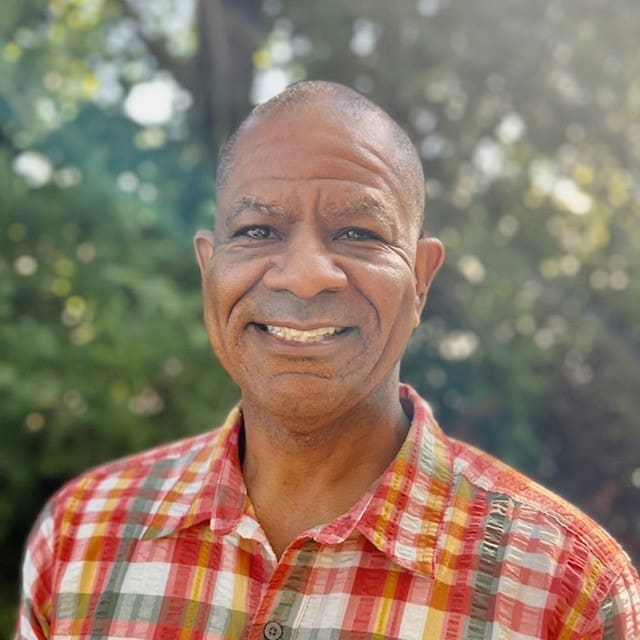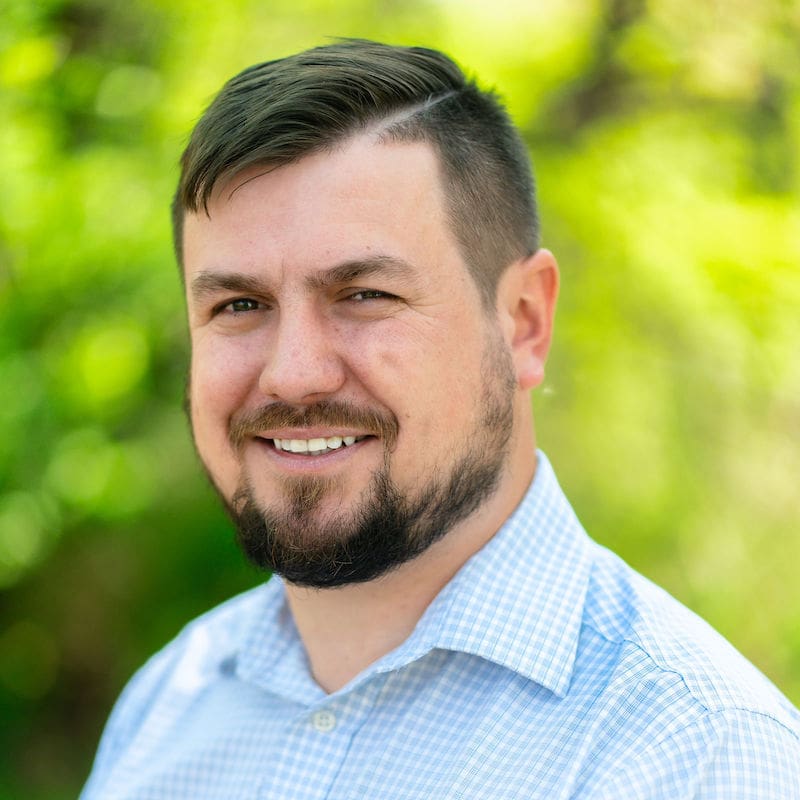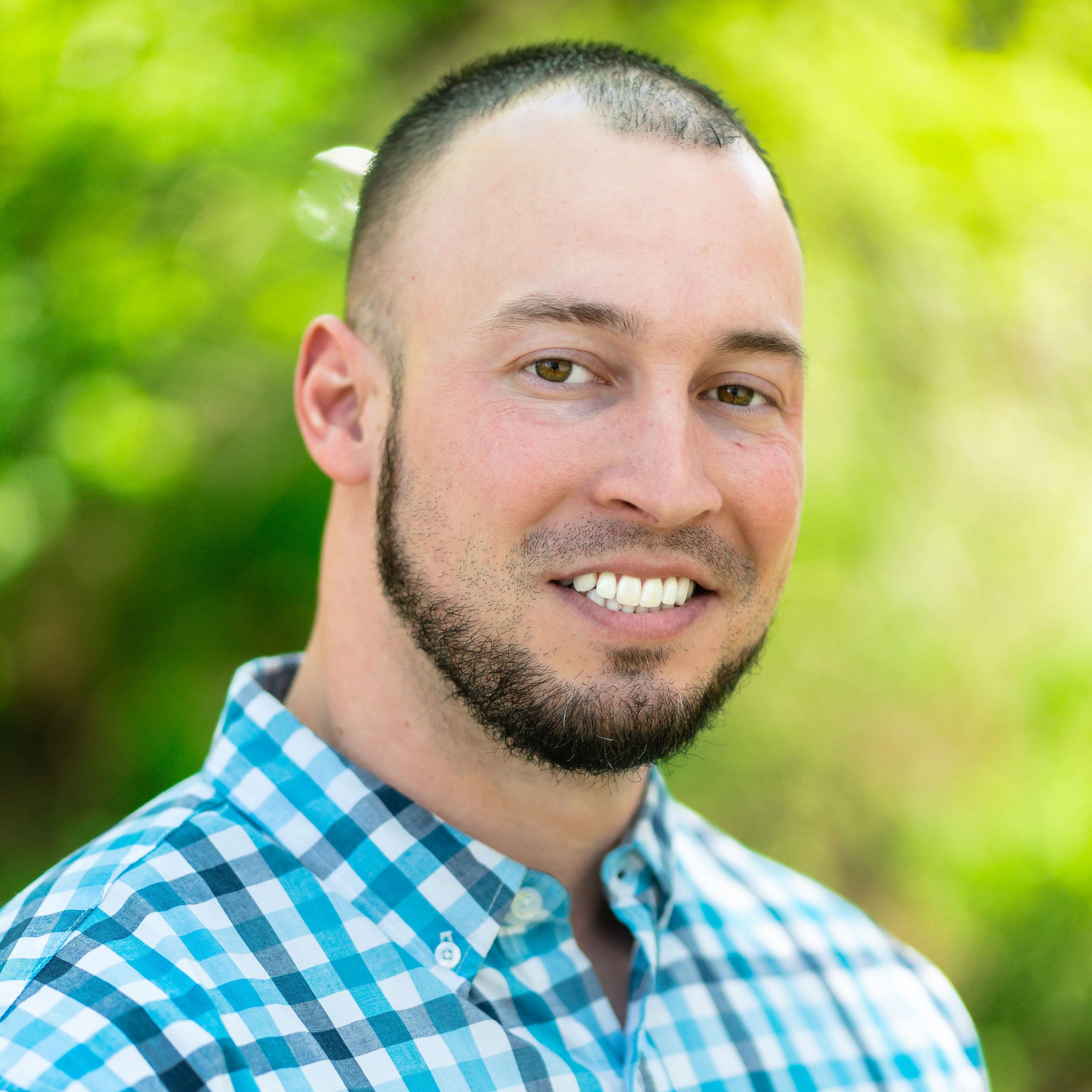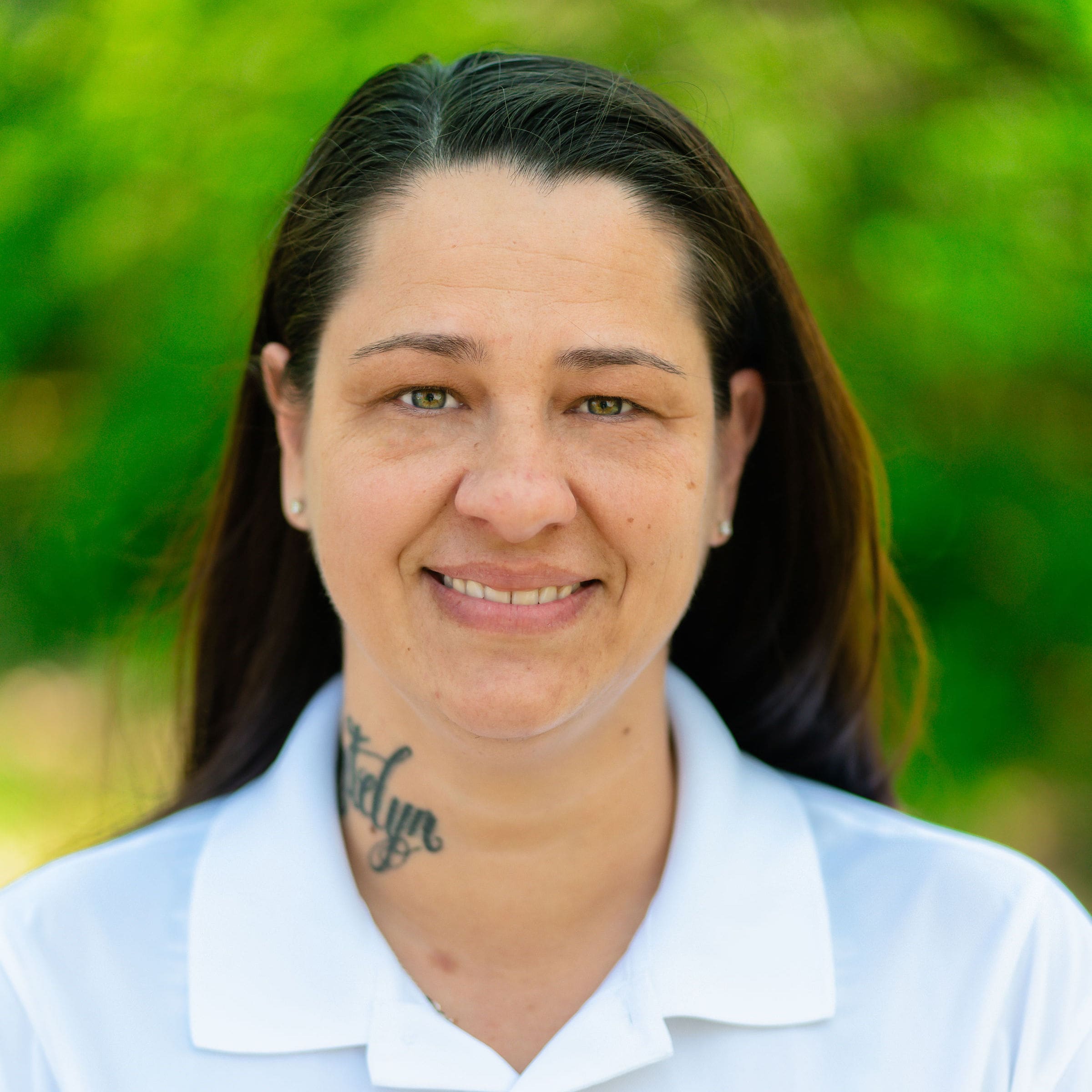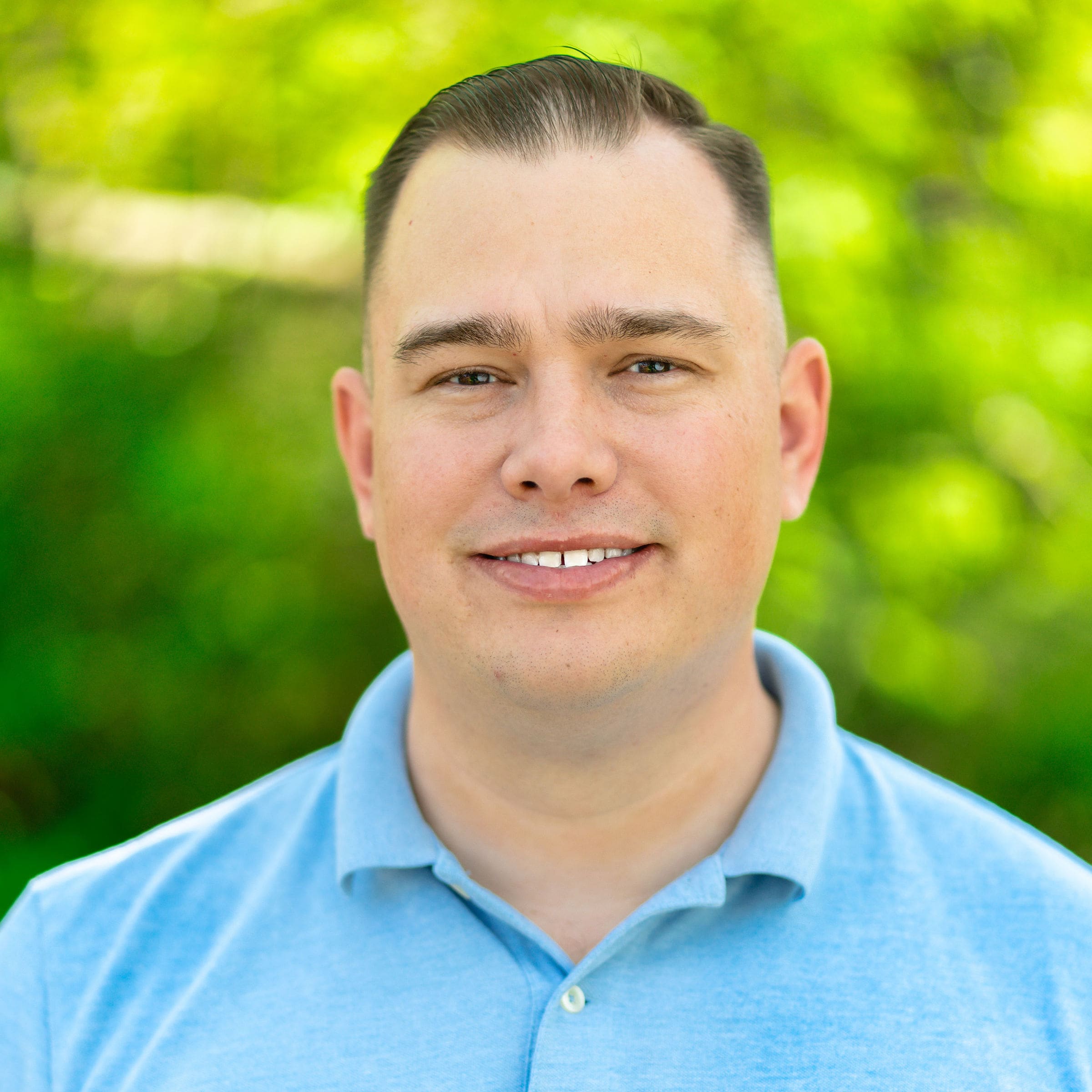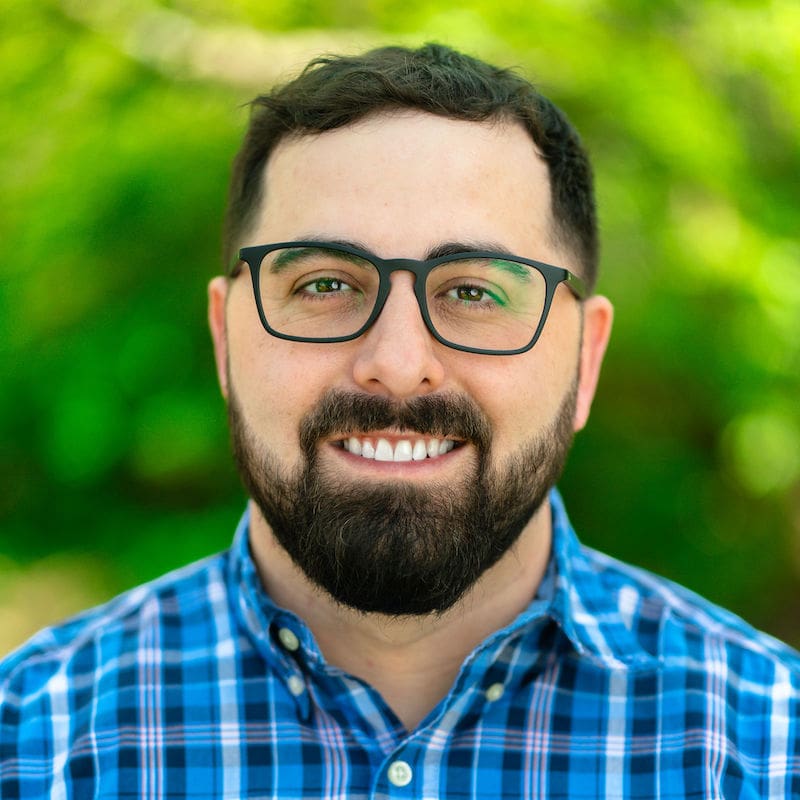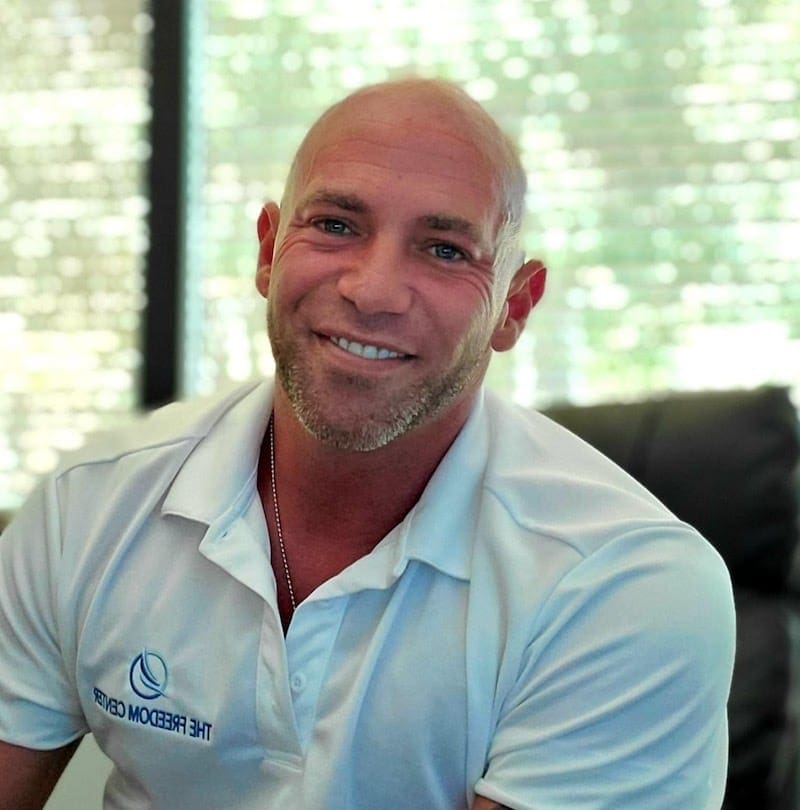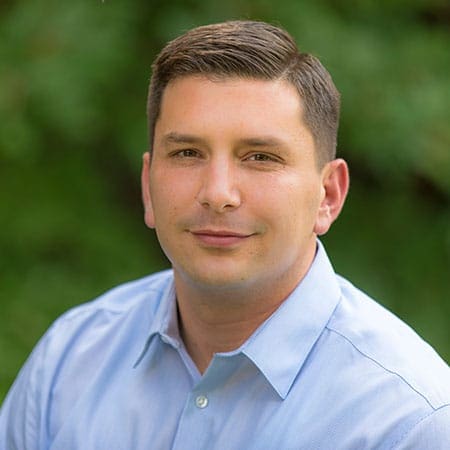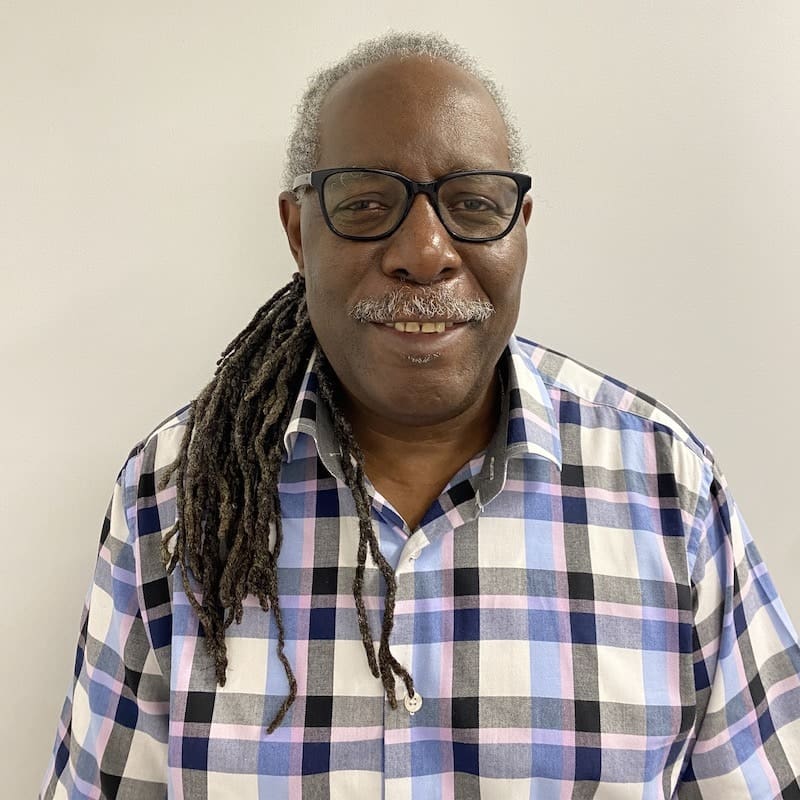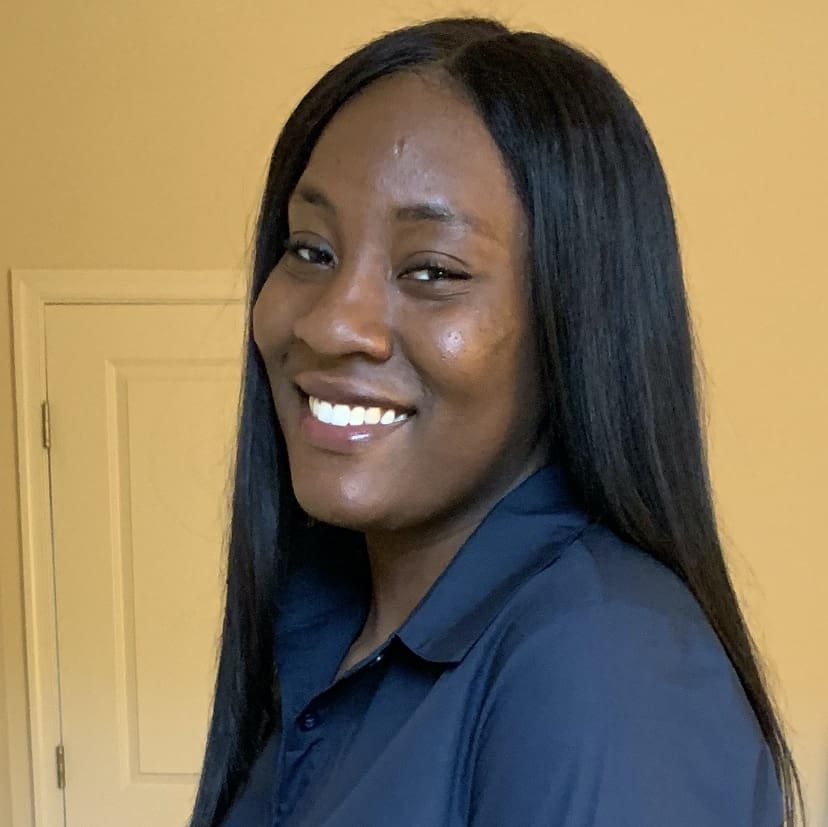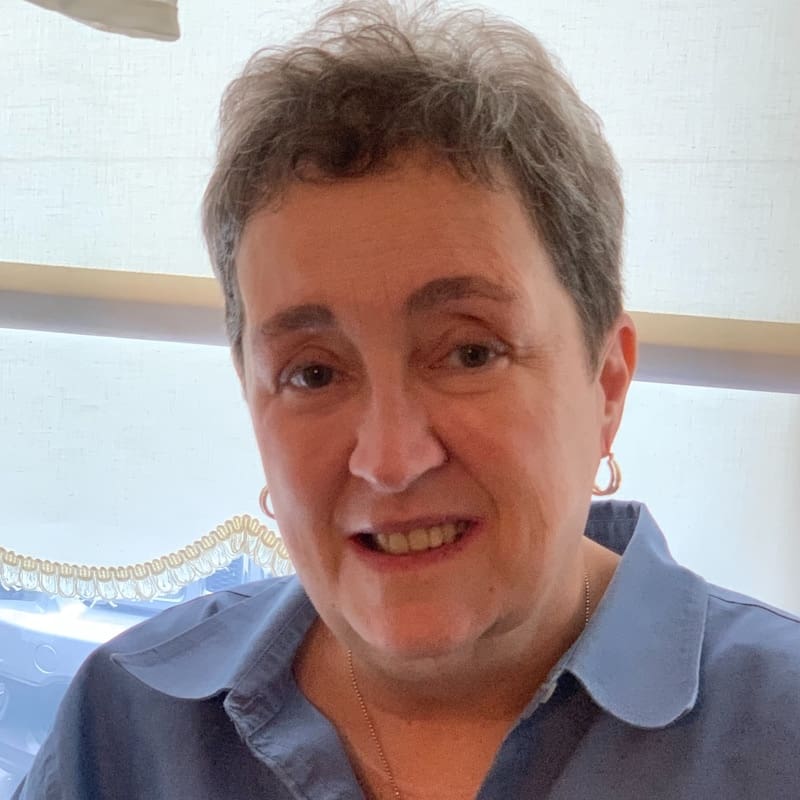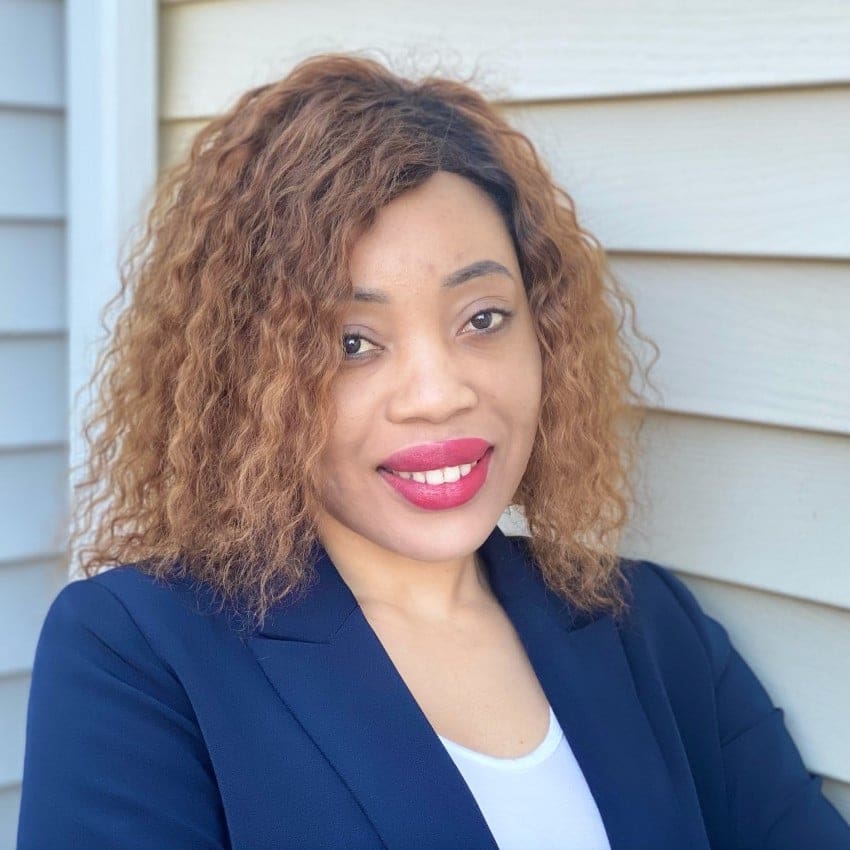Amongst those in the lesbian, gay, bisexual, transgender (LGBTQ) community, there are greater rates of substance abuse than in other divisions of civilization and these people face unique challenges in addiction treatment. Fortunately, various facilities offer recovery programs that are customized to fulfill the difficulties individuals in this demographic deal with as they strive to become sober.
The most effective LGBTQ substance abuse treatment programs will assist with issues of violence, abuse, harassment, stigmatization, and trauma. They also connect patients with peers who can relate to them personally.
For ages, it has been understood that the rate of substance abuse and addiction is more eminent amongst those who self-identify as LGBTQ. Research studies from the journal titled Psychology of Addictive Behaviors highlight analysis show that LGBTQ community members are at higher risk of substance abuse than the general population.
This is because LGBTQ community members have historically had difficulties in receiving the healthcare needed without prejudice or discrimination amongst substance abuse and addiction treatment. But, over the last few decades, there’s been a change in perceptions and beliefs toward individuals who identify as LGBTQ.
This has made getting the treatment they need more accessible by laying the path for LGBTQ-friendly addiction treatment centers to change throughout the nation. Now, more rehab centers are offering programs specifically to help lesbian, gay, and transgender people receive addiction treatment and manage the particular issues that contribute to addiction.
Still, some addiction treatment programs don’t avoid bias – especially in the case of transgender people – and seldom it’s difficult for the LGBTQ community members to obtain a treatment that satisfies their needs without being faced with discrimination.
By understanding what to look for, LGBTQ community members can find the best addiction treatment center to assist them through the recovery process.
How Addiction Affects the LGBTQ Community
Listed below are some facts about how substance addiction affects the LGBTQ community members, which include:
- Rates of substance abuse and addiction in the LGBTQ community are remarkably higher than any other group. Discrimination, judgment, society demands, and co-occurring disorders are merely a few possible triggers for substance abuse in this community.
- LGBTQ community members encounter various difficulties that have contributed to a tremendous rate of substance addiction. Approximately 20 to 30 percent of the LGBTQ community suffers from substance abuse, compared to roughly 9 percent of the rest of the population. In fact, one study found that transgender students are 2.5 times more likely to use cocaine or meth; they are also twice as likely to have an addiction to prescription medications made to ease pain and anxiety (such as prescription opioids or benzodiazepines).
- Data from 2015 from the National Survey on Drug Use and Health stated that LGBTQ adults are over twice as likely as adults who are heterosexual (39.1 percent versus 17.1 percent) to had used illicit drugs within the prior year.
- Approximately a third of sexual young adults (30.7 percent) had used marijuana within the prior year, compared to 12.9 percent of heterosexual adults, and roughly 1 in 10 (10.4 percent) had abused prescription pain relievers, as opposed to 4.5 percent of heterosexual adults.
- A survey from 2013 conducted by the U.S. Census Bureau determined that a higher percentage of LGBTQ adults between 18 and 64 admitted to past-year binge drinking than heterosexual adults.
- LGBTQ individuals attending addiction treatment for SUDs had consumed alcohol at an earlier age than their heterosexual equivalents.
- In one meta-analysis, LGB youths were 90 percent more probable of using substances than heterosexual teens, and the difference was exceptionally pronounced in some subpopulations; bisexual teens used substances at 3.4 times the rate of heterosexual teens, and lesbian and bisexual females had used at four times the rate of their heterosexual equivalents.
- LGBTQ-specified treatment centers are sympathetic to the requirements of the LGBTQ community and approach whichever underlying conditions that led to substance addiction. This is necessary for the rehabilitation process. Studies from the National Institute of Drug Abuse (NIDA) state that addiction treatment programs that offer specific groups for the LGBTQ community have more beneficial results for those patients as opposed to non-specialized programs. Modern research implies that treatment should address different factors in the patients’ life, like transphobia/homophobia, violence, family issues, and social isolation.
Hurdles the LGBTQ Community Faces
There is a higher rate of substance abuse that the LGBTQ community suffers from than the rest of society as a whole. This because numerous imposed barriers that civilization has placed in which they regularly face, that others who identify as heterosexual don’t.
Some of these challenges will include:
- Stigmatization or discrimination because of their sexual orientation
- Emotional abuse, public humility, hate crimes, threats, or ridicule
- Shame or rejection from peers and loved ones upon coming out
- Lack of employment or not receiving advancements
- Faced with homophobia or self-hatred
Often, LGBTQ members will turn to substances as a form of self-medication from the discrimination they face daily. Substances only help to momentarily numb painful feelings they are encountering, such as anger, anxiety, depression, or fear. Although substance abuse appears to be helpful initially, there are multiple long-term, adverse effects that happen when suppressing emotions.
Furthermore, transgender people are particularly vulnerable to using addictive substances to suppress feelings of loneliness or anxiety due to harmful disgrace and prejudice. One study discovered that transgender pupils are 2.5 times more likely to use meth or cocaine. They are also twice as likely to start using and eventually to become dependant on prescription medications.
Typical Co-Occurring Disorders Amongst the LGBTQ Community
A perspective that may produce internal conflict for LGBTQ community members is that frequently, they’re obliged to live a private lifestyle. This is when they conceal their sexuality from peers due to concerns of rejection and live a secretive life because of their sexual orientation. Keeping your sexuality a secret takes a significant emotional toll that could mean developing a mental health disorder and other substantial mental agonies.
Frequent emotional or psychological disorders amongst the LGBTQ community will include:
- Significant depression
- Developing an anxiety disorder
- High-stress levels
- Self-harming tendencies or attempted suicide
Additionally, to the challenges they face in society, the LGBTQ members could also be experience health issues associated with their sexuality. These hurdles could additionally contribute to addiction symptoms which include:
- Sex or HIV-related stress
- Sexual dysfunction
- Sexual abuse or assault
- Compulsive sexual behavior
Many LGBTQ individuals suffer from a co-occurring sexual or mental disorder that could lead to substance addiction. While pondering which treatment program is most suitable for an LGBTQ member, the priority is to focus on addressing any co-occurring disorders. Only by identifying and overcoming these conditions head-on will enable patients to ultimately beat their addiction and get back to living a happy, healthy, sober lifestyle.
Substances of Choice Used Within The LGBTQ Community
Although there are many addictive substances, five are abused more frequently within the LGBTQ community, which include:
- Tobacco- Gay and transgender people use tobacco roughly 200 percent more than individuals who are heterosexual.
- Alcohol- Approximately 20 to 25 percent of the LGBTQ community members suffer from mild to severe alcohol addiction.
- Marijuana- Gay males are 3.5 times more prone to use marijuana than heterosexual males.
- Amphetamines- LGBTQ community members are 12.2 times more inclined to abuse amphetamines.
- Heroin- People within the LGBTQ community are 9.5 times more apt to use heroin than heterosexuals.
The principal factor that LGBTQ members are hesitant to seek addiction treatment is the shortage of support groups available to them to address their specific needs, especially in some areas of the nation.
Fortunately, several treatment programs primarily center on the isolation that LGBTQ community members often endure, as well as the lasting effects of leading a secretive life or being discriminated against.
LGBTQ-specific treatment centers can help identify any co-occurring mental health conditions, which encourages patients to heal and recover perpetually. Without addressing the underlying causes of craving substances or conditions that contribute to dependence, patients are at a higher risk of relapse.
Meeting the Specific Demands of LGBTQ Populations
LGBTQ-friendly treatment centers will understand the other factors and execute the concepts in their practices. Through doing so, these LGBTQ substance abuse treatment centers can produce more efficient protocols to address numerous LGBTQ-specific issues, including the following:
- The higher rate of marijuana, illicit drug abuse, and dependence for gay men
- The prevalence of alcohol dependence and binge drinking for lesbians
- The isolation that bisexual people could feel from both gay and heterosexual communities
- The skepticism of healthcare providers within the transgender community
- Approaches to manage the application of hormonal treatments during addiction rehab therapy
- The physical and emotional hurdles faced by younger members of the LGBTQ community
These are some of the top requirements that are essential for a treatment center to be successful in treating LGBTQ community members.
Getting The Help Required to Overcome Addiction
The LGBTQ community’s degree of addiction concerns, as well as the numerous hurdles and barriers they face daily, could all contribute to substance addiction.
By entering an LGBTQ substance abuse and addiction treatment program that specializes in members of that community, patients will finally feel like they’re part of the majority rather than the minority while being encircled with peers who can provide support, assistance, and encouragement.
If you or a loved one could benefit from an LGBTQ substance abuse treatment program, contact our representatives at The Freedom Center immediately. Our team of treatment experts can get you the answers you seek to get the treatment necessary to retain a healthy, sober lifestyle.










